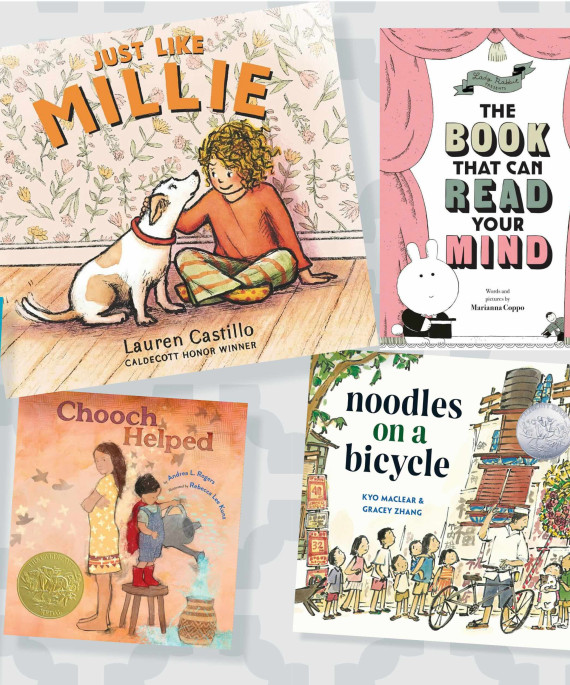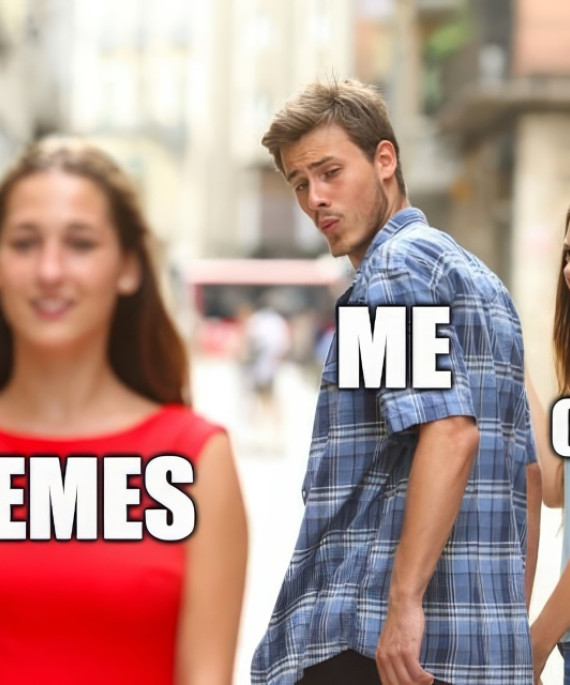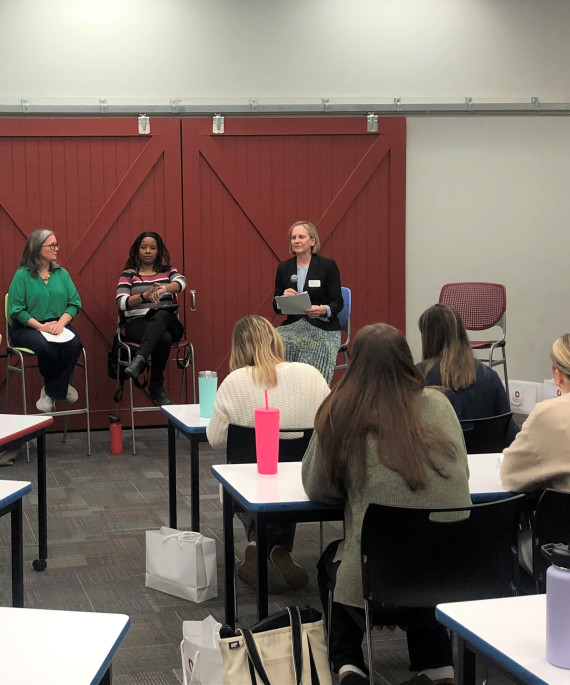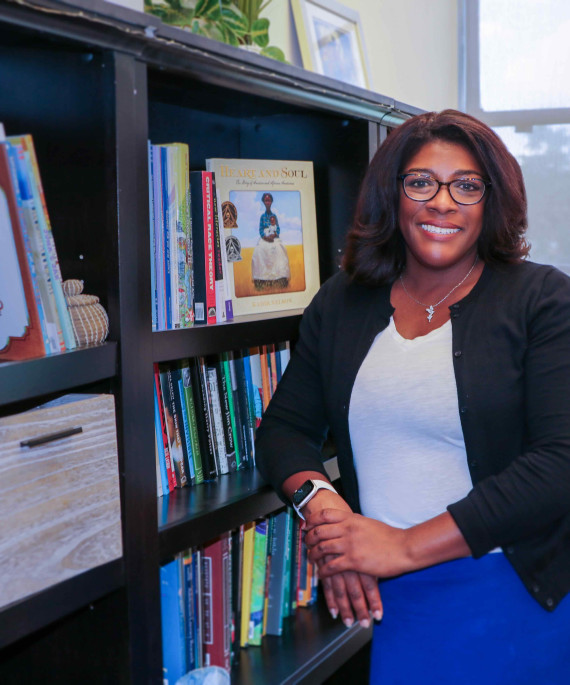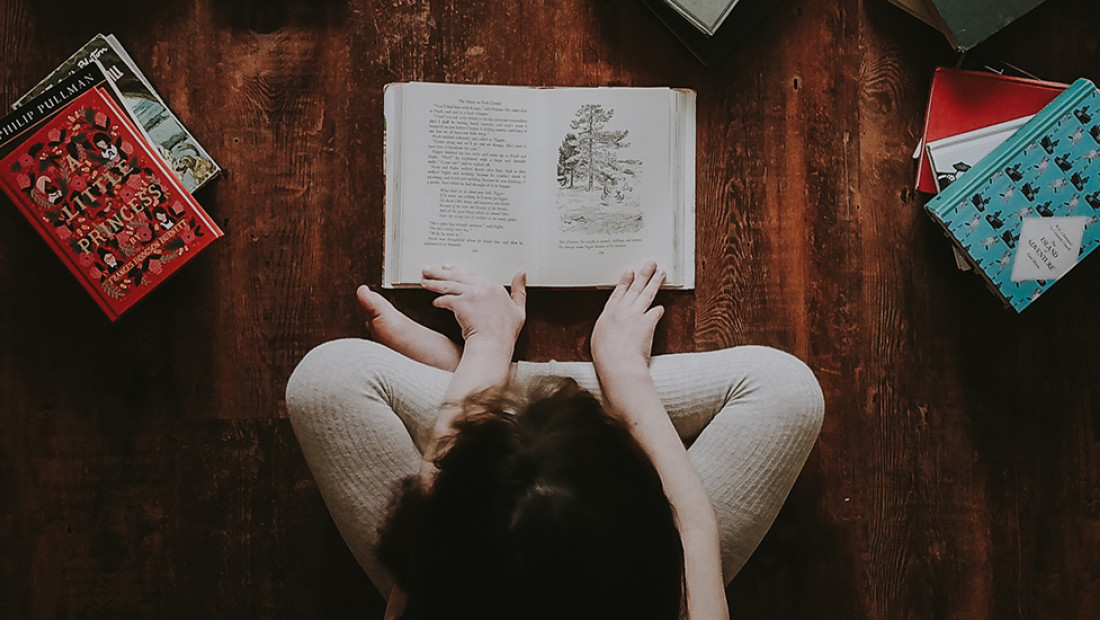
Not seeing diverse characters in books hurts all kids
Hidden in books — inside the dialogue, storylines and illustrations — are social mores. Books impart what is “normal,” who is valued, what constitutes beauty.
Nowhere is this more true than in children’s literature, where lessons of love, perseverance and self-worth play out. Children’s books have long been used to teach cultural values to society’s youngest and most impressionable members.
Yet one of the more pressing issues today is nearly absent in modern children’s literature: racial and cultural inclusivity.
Out of 3,700 children’s books published in 2017 and examined by the Cooperative Children’s Book Center, only 340 were about black people; of those, only 122 were written by black authors. Still fewer were by and about Latino people.
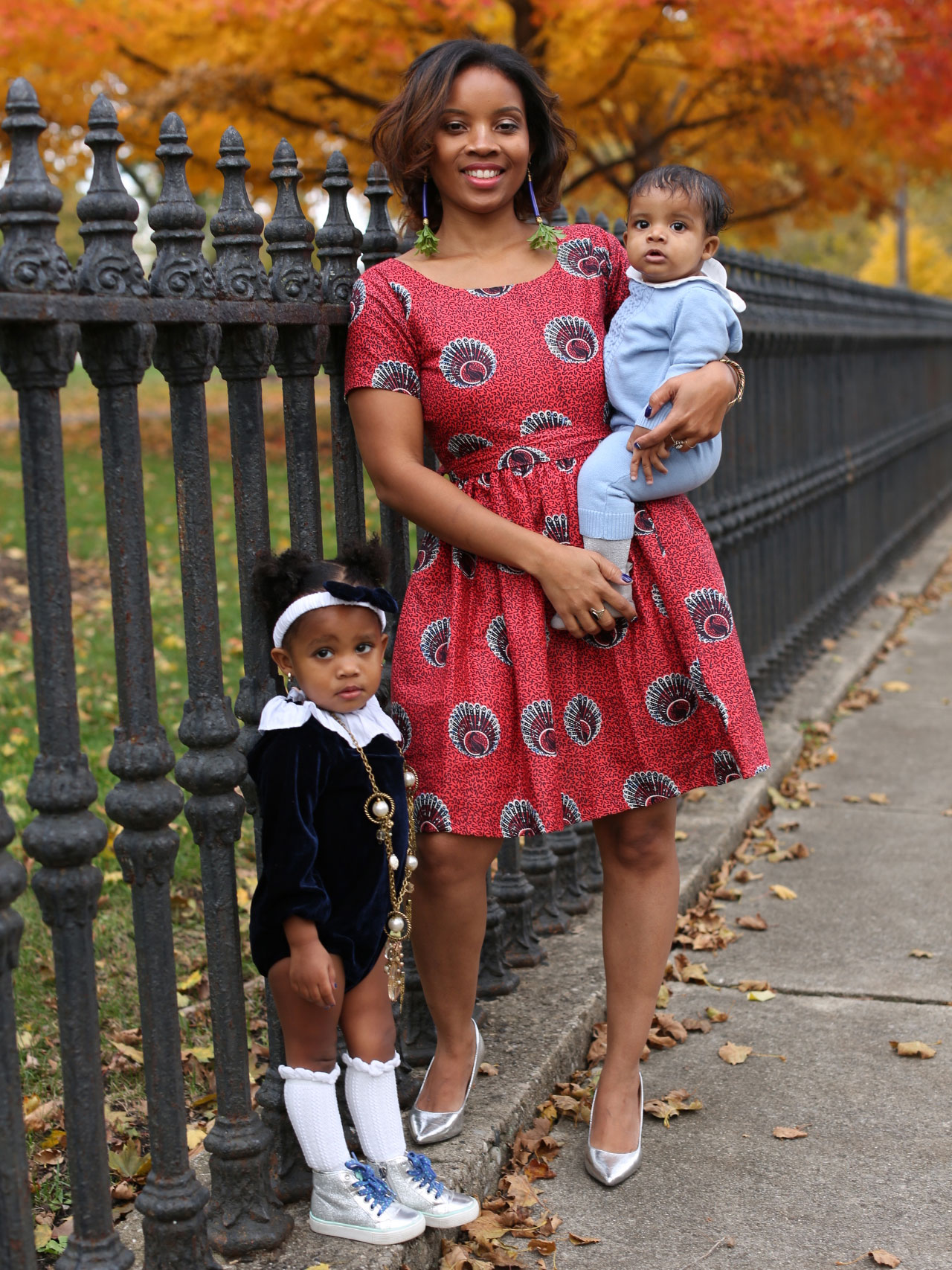
That trend doesn’t just hurt children of color, who develop a sense of belonging when they see people like themselves in literature. It hurts all children, including those who are white.
“At some point most people are going to have to work with, encounter or negotiate life with people who look different than them,” said post-doctoral researcher Carlotta Penn, who in 2017 self-published her first children’s book, Dream a Rainbow. “Very early exposure to normalizing that difference is critical in being able to accept people as they are and for who they are.”
Penn, a literacy trainer in the College of Education and Human Ecology’s Reading Recovery program, presented a TEDx talk about diversity in kids’ literature in September. She earned her PhD in multicultural education from the college in 2017.
“Diversity in what we read and see as children can facilitate empathy and compassion for people of diverse experiences, especially when that experience is something that you’ve never known,” she said.
The TEDx talk described how her fourth grade teacher was concerned that Penn read too many books with black themes. The teacher thought she should "broaden" her reading horizons.
"Still to this day, I think, why was that bothersome to her?" Penn said. "Because, trust me, we were reading plenty of literature in class that was not black literature. I was being exposed to white-centered books."
The experience was one of many that motivated Penn to address diversity and justice issues as an adult. Even now, the mother of two has been frustrated trying to find books and online media that feature diverse characters and storylines for her own children.
“It’s so obvious that publishers with lots of resources should be recruiting more writers and illustrators of color and promoting more diverse literature, but they’re not doing it,” Penn said. To avoid tussling with mainstream publishers, she and other black authors often self-publish. Penn aspires to help other writers and illustrators of color get their work into print.
There's much to write. The world over, different groups of people dehumanize others, Penn said. While living and traveling in Africa and Central America, she has witnessed discrimination in a variety of forms.
“You will still see division, oppression, marginalization of people because they’re different,” she said.
But parents can teach children to value difference, not fear or reject it. Merely seeing a character of color or hearing their “voice” can bridge the gap between people.
Lessons of acceptance can start with a simple storybook.
Penn’s tips to diversify children’s reading lists:
- Be intentional. Go to libraries and bookstores with the goal of checking out or purchasing diverse literature. Especially with older children, say “Every time, we’re going to come out with some books that represent different experiences.”
- Expect teachers, librarians and people in the community to help expose your child to cultures that are different from their own. Let your children’s teachers know it’s important to you.
- Hold educators, librarians and bookstores accountable for “centering” diverse literature and perspectives — presenting them in a way that doesn’t reestablish difference. “Think about how you’re learning from a group of people or a culture, and not learning about them.”
- Support authors and illustrators who self-publish books that feature diverse characters and themes.
Her favorite book titles
- When Mama Braids My Hair by Monique Duncan
- The Ghanaian Goldilocks by Tamara Pizzoli
- The Boy Who Tried to Touch the Sun by Vada Azeem
- Roll of Thunder, Hear My Cry by Mildred Taylor
- Zeely by Virginia Hamilton
- Honey I Love by Eloise Greenfield

